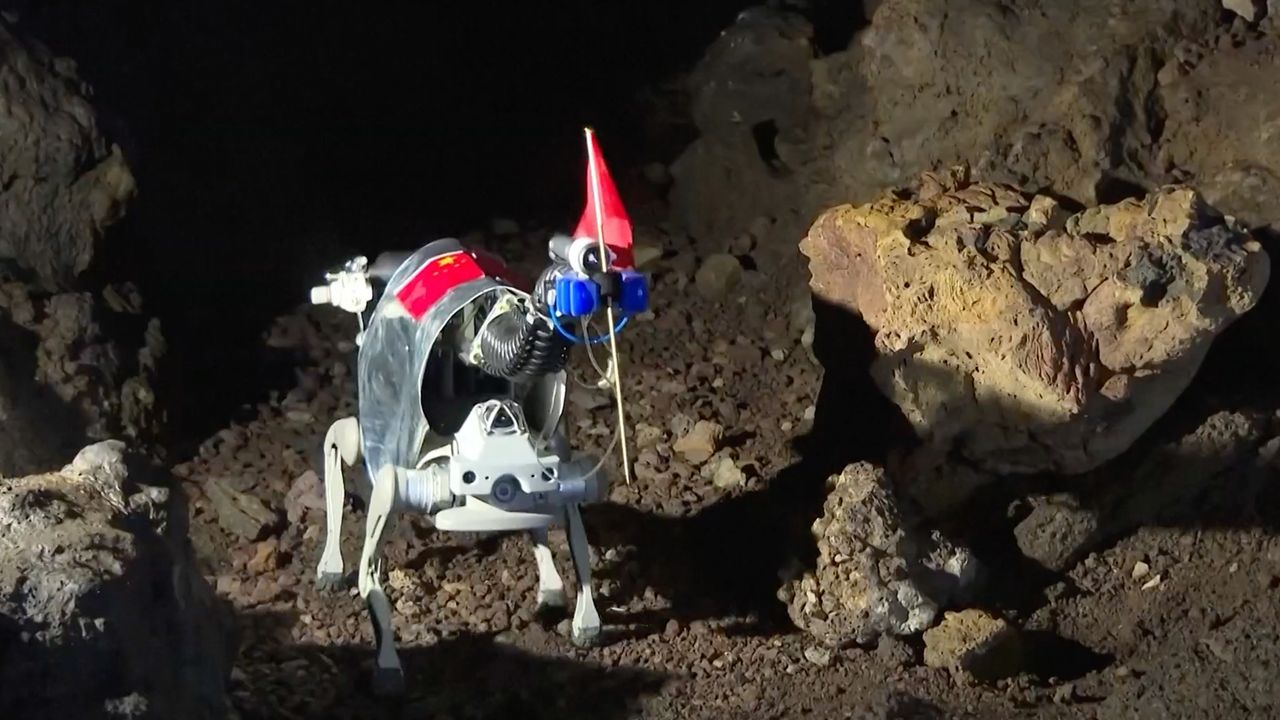China has made a significant advancement in lunar exploration by completing a “simulated moon underground space.” This facility, located in a volcanic lava cave near Jingbo Lake in Mudanjiang City, Heilongjiang Province, aims to replicate the lunar environment, particularly the lava tubes believed to exist on the moon and Mars. These structures may offer protection from harsh radiation, an essential consideration for future extraterrestrial missions.
Researchers at Peking University have initiated this project to enhance China’s lunar exploration program. According to Li Jiaqi, a researcher involved in the project, “The underground volcanic lava pipes by the Jingbo Lake are the most similar environment on Earth to the underground space of the moon. I hope our forward-looking research can serve China’s lunar exploration program,” he stated during an interview with China Central Television (CCTV).
Robotic Exploration and Future Missions
The simulated environment is currently being utilized for testing experimental robots designed for autonomous exploration and multi-functional operations. These robots are expected to have improved adaptability and flexibility compared to traditional lunar rovers. Li Xianglong, a doctoral student from the Harbin Institute of Technology, noted that these advancements will enhance the robots’ perception, decision-making, and operational capabilities for future lunar underground exploration.
In addition to robotic testing, students have installed seismometers in the area to gather data that will inform future lunar experiments. This is particularly relevant as China aims to launch its Chang’e 7 mission to the lunar south pole in 2026. This mission will include a seismograph designed to study the moon’s interior and monitor moonquakes, which are caused by tidal forces from Earth, as well as temperature fluctuations on the lunar surface.
China’s long-term vision includes the establishment of an International Lunar Research Station (ILRS) in the 2030s. This ambitious plan highlights China’s commitment to advancing its capabilities in space exploration, ensuring that it remains at the forefront of lunar research and technology development.
As the global interest in lunar exploration rises, China’s efforts to simulate the moon’s environment on Earth could prove invaluable, providing critical insights and experience necessary for future missions. The completion of this underground simulation area marks a pivotal step in preparing for the challenges that lie ahead in space exploration.
